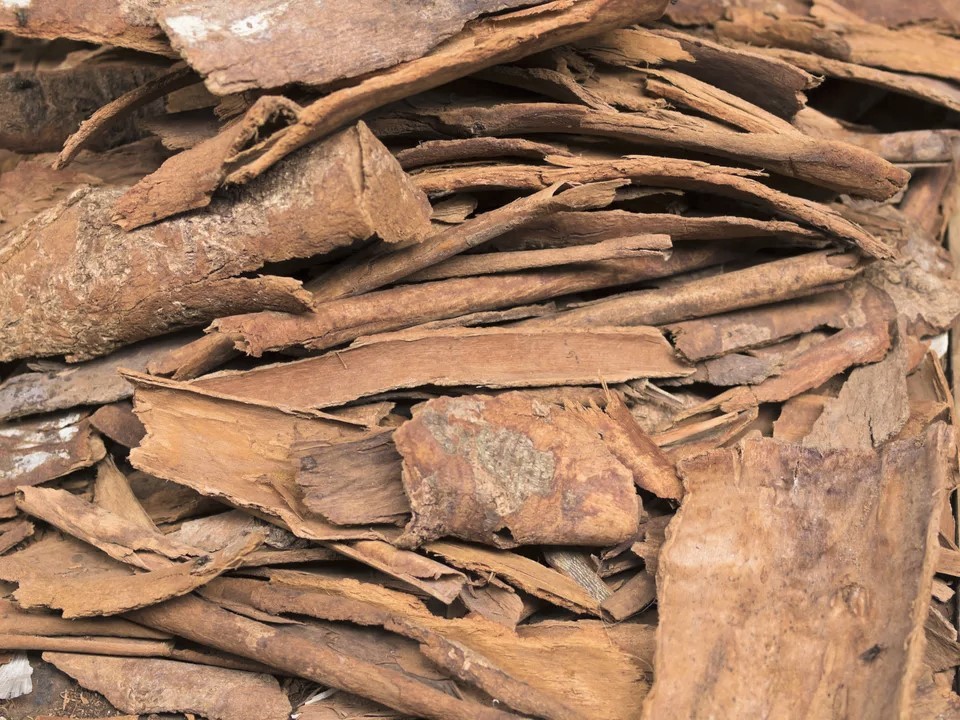8 Red Flags When Importing Low-Grade Broken Cassia From Unknown Vendor
8 Red Flags When Importing Low-Grade Broken Cassia From Unknown Vendors
Table of Contents
- Introduction: The Hidden Risks of Unknown Suppliers
- Red Flag #1: No Certifications or Documentation
- Red Flag #2: Inconsistent Aroma and Color
- Red Flag #3: Excessively Low Prices
- Red Flag #4: Mold, Moisture, and Foreign Particles
- Red Flag #5: Poor Packaging for Export
- Red Flag #6: No Physical Sample or Product Testing
- Red Flag #7: Delayed or Vague Communication
- Red Flag #8: No References or Export History
- Conclusion: Trust Matters in Cassia Trade
- Why Tinimex? Reliable Supplier of Export-Grade Broken Cassia
1. Introduction: The Hidden Risks of Unknown Suppliers
The global spice trade is highly competitive, and many buyers are tempted by offers from unfamiliar vendors—especially when prices seem too good to be true. But with products like broken cassia, trusting the wrong supplier can cost you more than just money.
From customs clearance issues to rejected shipments and poor extraction quality, sourcing low-grade or contaminated cinnamon can disrupt your entire supply chain.
Let’s uncover the 8 most common red flags to watch for when importing broken cassia from unverified vendors.

2. Red Flag #1: No Certifications or Documentation
If a supplier can’t provide essential certifications such as COA (Certificate of Analysis), HACCP, or phytosanitary documents, consider it a major red flag.
These certificates aren’t just bureaucratic forms—they prove the product meets international hygiene, safety, and export standards.
3. Red Flag #2: Inconsistent Aroma and Color
High-quality broken cassia has a strong, sweet aroma and a consistent reddish-brown hue. Products with mixed colors, gray patches, or weak scent often indicate poor storage, aging stock, or adulteration.
Inconsistent aroma often means inconsistent oil content—reducing both processing efficiency and product value.

4. Red Flag #3: Excessively Low Prices
If the price per metric ton is far below the market average, proceed with caution. Unscrupulous vendors may:
- Mix inferior bark or other species
- Sell moisture-laden stock (heavier weight)
- Skip post-harvest cleaning and drying stages
In the end, the hidden costs of reprocessing or discarding unusable stock will outweigh any upfront savings.
5. Red Flag #4: Mold, Moisture, and Foreign Particles
Low-grade suppliers often fail to dry and sort their product properly. Moldy or damp cinnamon not only reduces shelf life—it can also lead to contamination and regulatory fines.
Watch out for:
- Dark black spots (mold)
- Sticky or soft bark (high moisture)
- Pebbles, twigs, or plastic fragments
Always ask for lab test results and a physical inspection before confirming large orders.
6. Red Flag #5: Poor Packaging for Export
Proper packaging is essential to preserve the quality of broken cassia during long-haul shipments. Common packaging flaws include:
- Thin, non-food-grade inner liners
- Weak outer sacks prone to tearing
- No labeling or tracking codes
Improper packaging can lead to moisture infiltration, mold, or insect damage during transit.

7. Red Flag #6: No Physical Sample or Product Testing
Reputable suppliers are always willing to send samples for quality checks. If a vendor refuses to send a representative sample or delays indefinitely, be skeptical.
A single test of aroma, moisture content, and oil level can reveal volumes about the batch quality.
8. Red Flag #7: Delayed or Vague Communication
Timely and clear communication is a basic requirement in international trade. If your potential supplier is vague, non-responsive, or evasive about product details or shipping timelines, it signals disorganization—or worse, deception.
Look for red flags like:
- Incomplete answers to quality questions
- Delays in sending documents
- Unclear freight terms or incoterms
9. Red Flag #8: No References or Export History
Experienced exporters are proud to share their track record. If the vendor cannot provide contactable references, proof of previous exports, or even a proper company website, reconsider your options.
Without export experience, the risk of delays at port or failed customs clearance increases dramatically.
10. Conclusion: Trust Matters in Cassia Trade
Low-grade broken cassia may seem attractive at first glance, but the risks can be costly—both financially and reputationally. Quality, traceability, and compliance should never be compromised.
Before placing bulk orders, verify every aspect of the supplier’s operation. Remember: the bitterness of poor quality lingers long after the sweetness of a cheap deal fades.
11. Why Tinimex? Reliable Supplier of Export-Grade Broken Cassia
Tinimex is a trusted exporter of Vietnamese broken cassia, supplying global spice importers with consistency and integrity.
- Custom cut sizes: 1–3 cm, 3–6 cm, mix grades
- Certified (COA, HACCP, Organic upon request)
- Clean, mold-free, high oil content
- Fast delivery: 7–15 days
- Competitive FOB and CIF pricing
📧 Email: info@tinimex.com
🌐 Website: www.tinimex.com
📞 Hotline / WhatsApp / Zalo: +84 36 680 8683
📍 Office: 4th Floor, No. 40 Ngo Gia Tu, Long Bien, Hanoi, Vietnam
Internal Links:
External Link:

